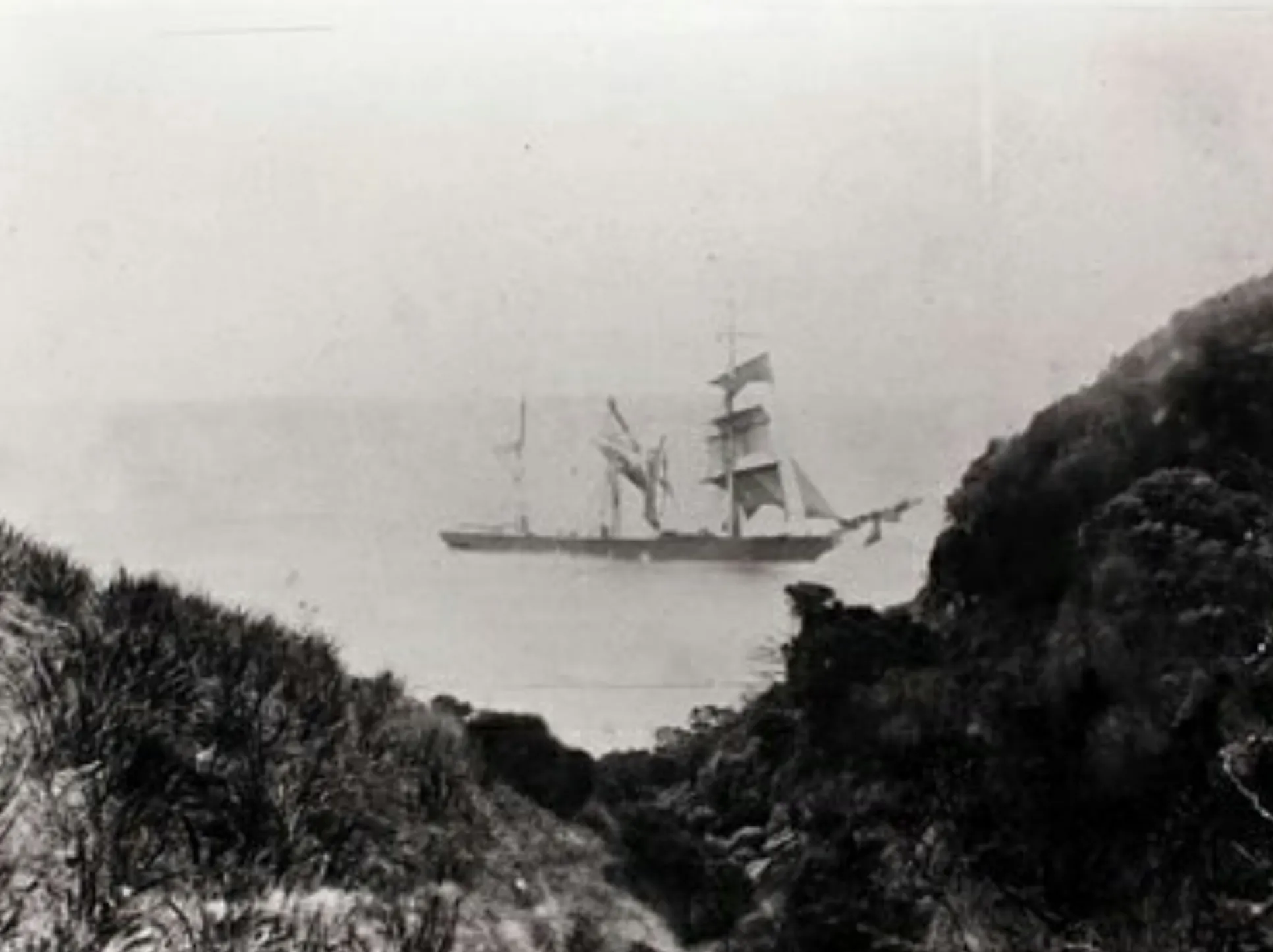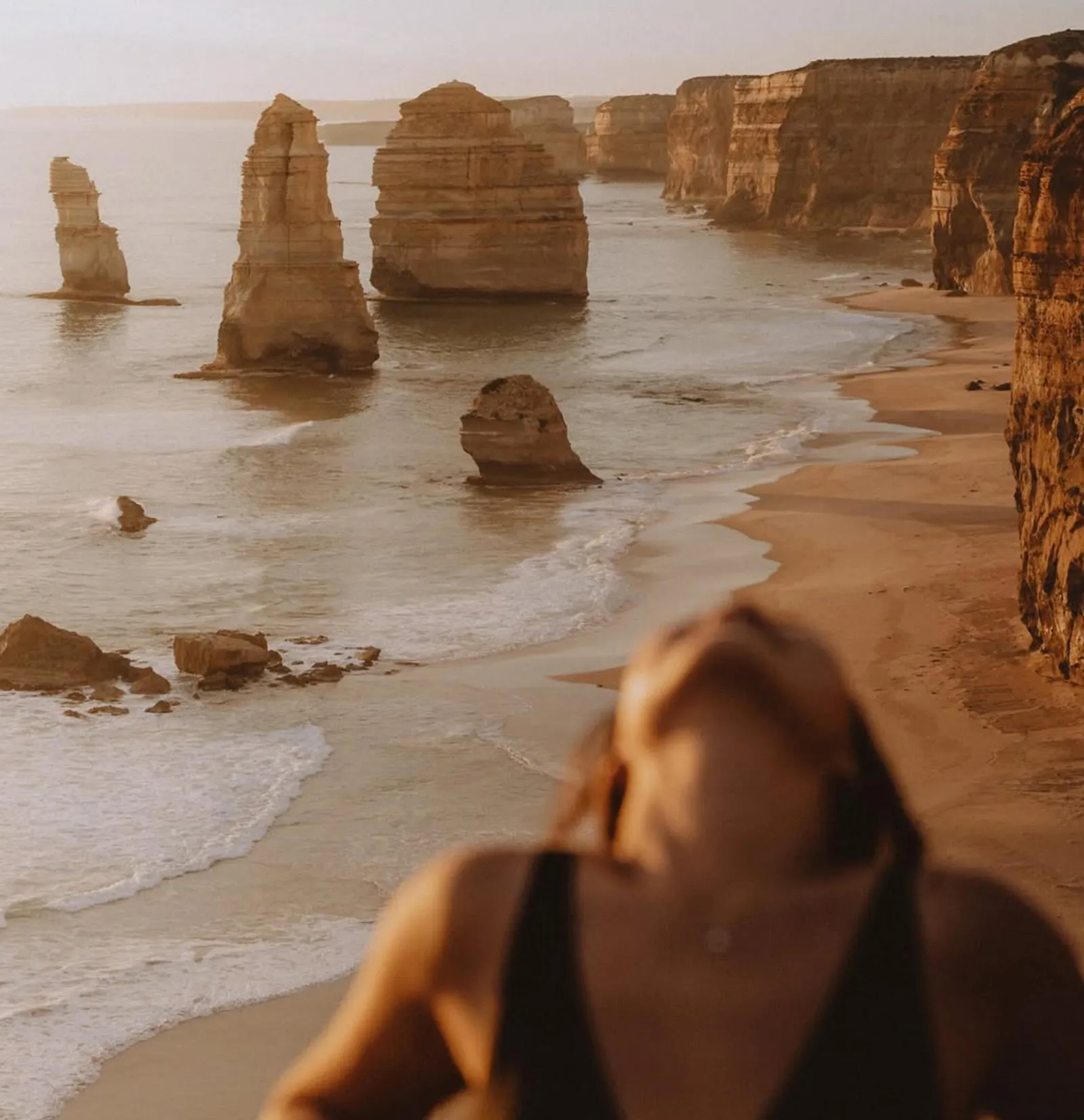The Great Ocean Road, one of the world’s best tourist drives, runs 243 kms along Victoria’s south west coast. This amazing road has stunning views and is a permanent memorial to the Australian soldiers who died in World War I. It goes through historic towns, coastal villages and stunning coastline so it’s a must see tourist attraction. Beyond the views the Great Ocean Road is a massive engineering feat and a tribute to the partnerships that made it happen.

The Concept
The idea for the Great Ocean Road was born from the mind of Howard Hitchcock, President of the Country Roads Board, and supported by William Calder and William Irvine. Hitchcock wanted the road to be a permanent memorial to the soldiers who died in World War I. He wanted to honour the fallen but also to give employment to the returned soldiers and open up the south coast of Victoria for tourism and development. The road would go through rainforest, cliffs and past rock stacks, connecting isolated coastal towns to the rest of the state. It was a vision of unity and growth, made possible through private subscriptions and community effort.
Construction
Construction of the Great Ocean Road started in 1919, a massive project that involved returned soldiers working in extreme conditions on a rugged terrain. With picks and shovels as their tools they carved the road into cliffs and sheer slopes, against the elements. The work was hard, often referred to as back breaking work. Soldiers lived in makeshift camps along the route, sharing stories and building friendships over barrels of beer and communal dining marquees. The challenges were many, from navigating coastal tracks to heavy rain and the threat of landslides. Despite these hurdles the first section from Torquay to Lorne was completed in 1922.

Construction Timeline
The Great Ocean Road took 13 years to build, each section had its own challenges. Soldiers faced rugged terrain, extreme weather and no heavy machinery. Here’s a table of the construction milestones and challenges:
| Year | Milestone | Challenges Faced |
|---|---|---|
|
1919 |
Construction begins |
Harsh terrain, manual labor, rugged cliffs |
|
1922 |
Torquay to Lorne section completed |
Sheer cliffs , landslides, unpredictable weather |
|
1924 |
Expansion to Apollo Bay |
Blasting through rocky terrain, dangerous conditions |
|
1932 |
Completion of road to Allansford |
Heavy rain , flooding, hostile terrain |
|
1936 |
Memorial arches established |
Establishing infrastructure, road widening for tourism |
This table shows the hard work and sacrifice that went into building these amazing projects.
The Facts
The Great Ocean Road was built as a memorial and employment for returning soldiers. Funded mostly by private subscription the road took 13 years to build. It’s the biggest war memorial in the world a testament to perseverance and dedication. The road opened up previously isolated settlements and connected them to the wider trade and tourist networks. Today it’s a lasting tribute to the soldiers who worked along the road and left their mark on the natural environment of Victoria’s coastline.
A Memorial to the Fallen
The Great Ocean Road is a permanent memorial to the 3,000 soldiers who built it and the many more who fought in World War I. Memorial arches like the one at Eastern View mark the start of this historic section of road. The arches and the Hitchcock memorial along the way remind you of the road’s purpose. The Lorne Historical Society and other local groups look after the history and cultural heritage of the road and its builders.
Engineering Marvels and Challenges
Building the Great Ocean Road meant overcoming some of the toughest terrain in Australia. The road winds through limestone cliffs, around rocky coastlines and over ridges. Native wildlife and ancient rainforest trails were part of the landscape that the workers had to navigate through, to preserve the natural beauty of the area. One of the most impressive engineering feats was the Cape Patton section where the road hugs the side of the cliff and offers breathtaking ocean views. Despite the tough drive the project was completed without a single fatality, a remarkable achievement for such a massive engineering project.
Impact on Local Communities
The Great Ocean Road changed the local communities forever, turning isolated settlements into thriving coastal towns. The road opened up new opportunities for trade and tourism, towns like Lorne, Apollo Bay and Port Campbell became popular destinations for people looking for the beauty of Victoria’s coastline. Coastal 2 Day Great Ocean Road Tour gave people access to heritage sites, famous shipwrecks and native wildlife in a way that was previously impossible. The tourism boost helped sustain these communities so they could grow while preserving their history and maritime heritage.
Natural and Cultural Significance
The Great Ocean Road goes through areas of great natural and cultural importance. It goes through the land of the Indigenous people, whose connection to this land goes back thousands of years. Sites like Lake Condah and the Twelve Apostles are culturally and spiritually significant. The road also gives access to some of Australia’s most stunning landscapes, from the Otways rainforest to Cathedral Rock. It’s a journey through Australia’s physical and cultural history, showing Australia’s commitment to preserving its culture and natural beauty.

The Road Today: A Modern Tourist Icon
Today the Great Ocean Road is an Australian icon and a world renowned tourist destination. It’s famous for its scenic roads and the views of the coastline and some of the world’s most famous natural wonders. Road trippers can visit historic shipwrecks, walk coastal tracks or enjoy the cultural scene of towns like Apollo Bay, home to the Apollo Bay Distillery and a thriving arts community. The road is the connection between past and present, history, culture and natural beauty.

The Great Ocean Road’s Towns
The Great Ocean Road has a string of coastal towns each with their own attractions. Torquay, the start of the road, is famous for its surf beaches like Bells Beach. Lorne has a thriving arts scene, including the Lorne Sculpture Biennale, Apollo Bay has ancient rainforest trails and Cape Otway. Further along Port Campbell is the gateway to the Twelve Apostles rock stacks. Each town along this amazing road tells its own story and makes the Great Ocean Road Day Tour the ultimate coastal road trip.
Conclusion
The Great Ocean Road is more than a drive – it’s a monument to human endeavour, to resilience, and to community. From its beginnings as a tribute to soldiers, through the struggles of its construction, to its current status as a favourite coastal route, it’s become part of Australia’s fabric.
It attracts millions of visitors every year, with its unique combination of natural beauty, history, and culture. Many travellers opt for Great Ocean Road tours from Melbourne, offered by renowned operators such as Autopia Tours, Wildlifetours, and Wayoutback Tours, to fully experience the breathtaking scenery and stories along the way.
As a living memorial, the Great Ocean Road looks back to the past and forward to the future, welcoming all who travel its twists and turns.
FAQs
What is the Great Ocean Road?
The Great Ocean Road is the world’s largest war memorial, built to honour the soldiers who served and died in World War I. It’s also a major tourist attraction, with some of Australia’s most stunning coastal scenery and historic sites.
How long did it take to build the Great Ocean Road?
13 years, from 1919 to 1932. Back breaking work by returned soldiers who faced tough terrain and tough conditions.
What are the top stops along the Great Ocean Road?
Twelve Apostles, Cape Otway, London Arch, Bells Beach, Lorne, Apollo Bay, Port Campbell.
Why is the Great Ocean Road a tough drive?
It’s a tough drive due to the winding road, rough terrain, rocky cliffs and the southern coast. You need to navigate and pay attention to the changing weather.
How has the Great Ocean Road affected local communities?
It’s brought in tourism and economic growth to the region, turned isolated villages into coastal towns and protected the natural and cultural assets.

